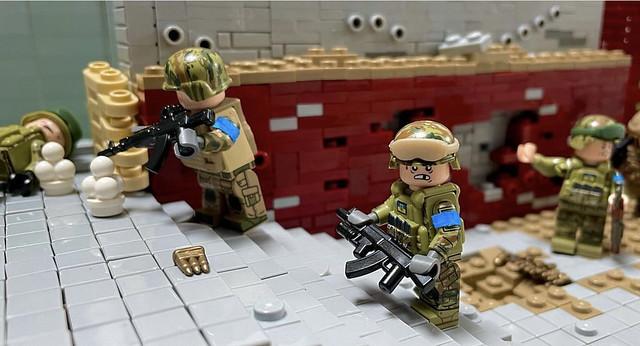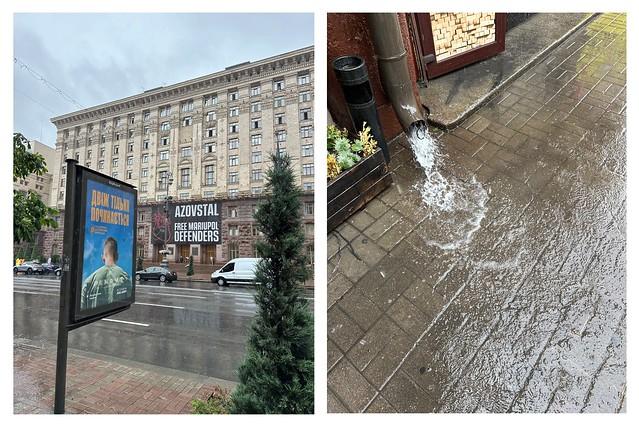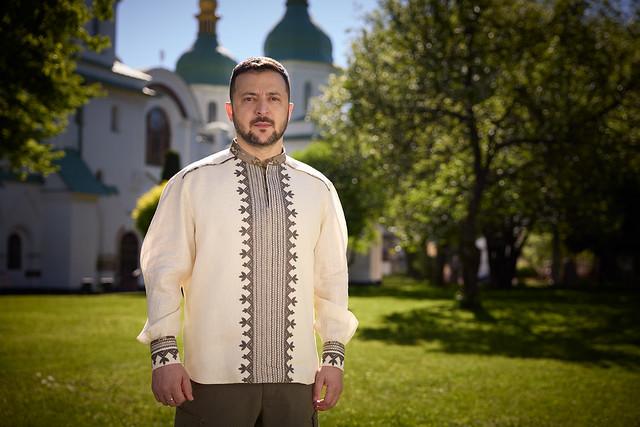



Mariupol
Overview
Historical Significance
Mariupol, located on the northern coast of the Sea of Azov, is a city steeped in rich history and cultural significance. Founded in the late 18th century, it originally emerged as a Greek settlement and has served as a vital port city for centuries. Its strategic location has made it a melting pot of various cultures, particularly influenced by Greek, Russian, and Ukrainian traditions. Throughout its history, Mariupol has played a crucial role in the industrial development of Ukraine, particularly in steel production and shipbuilding, contributing significantly to the country's economy.
Cultural Atmosphere
The atmosphere of Mariupol is a blend of vibrant community life and historical charm. Visitors will find an array of cultural influences manifesting in local architecture, cuisine, and festivals. The city is known for its lively arts scene, with various theaters, galleries, and cultural centers showcasing local talent. The annual festivals celebrate Mariupol's heritage, featuring traditional music, dance, and culinary delights that reflect the city's diverse background. Exploring the streets, travelers will encounter colorful murals and local artisans, offering a glimpse into the creative spirit of the residents.
Local Characteristics
One of the most distinctive features of Mariupol is its picturesque waterfront along the Sea of Azov. The city's beaches, such as the popular "Central Beach," provide a relaxing escape for both locals and visitors, with opportunities for swimming, sunbathing, and enjoying fresh seafood from nearby eateries. The city's parks and green spaces, including the picturesque "Gorky Park," offer tranquil spots for leisurely walks and social gatherings, making it a pleasant environment to experience the local lifestyle.
Architectural Highlights
Mariupol is home to several architectural gems that reflect its historical evolution. Notable landmarks include the stunning St. Nicholas Church, characterized by its beautiful iconostasis and intricate frescoes, showcasing the religious heritage of the region. The city center features a harmonious blend of Soviet-era buildings and modern constructions, offering a unique juxtaposition of styles. The Mariupol Museum of Local Lore provides insights into the city's past, exhibiting artifacts that narrate its journey through time.
Gastronomy
Food lovers will find Mariupol's culinary scene both diverse and delicious. The city is renowned for its seafood, thanks to its coastal location, and travelers can enjoy fresh fish dishes at local restaurants. Traditional Ukrainian cuisine, including borscht, varenyky (dumplings), and holodets (jellied meat), is widely available, providing a hearty taste of the region's flavors. Additionally, the influence of Greek heritage is evident in many dishes, with local eateries offering a variety of Mediterranean-inspired options.
Community Resilience
In recent years, Mariupol has faced significant challenges due to geopolitical tensions, yet the spirit of its community remains resilient. The warmth and hospitality of the locals are evident in their willingness to share their stories and culture with visitors. This resilience is reflected in the ongoing efforts to rebuild and promote the city as a destination for tourism, arts, and culture. Travelers who venture to Mariupol will not only discover a city rich in history and culture but also a community determined to thrive and welcome others into their vibrant world.
Other towns or cities you may like in Ukraine
Explore other cities that share similar charm and attractions.


